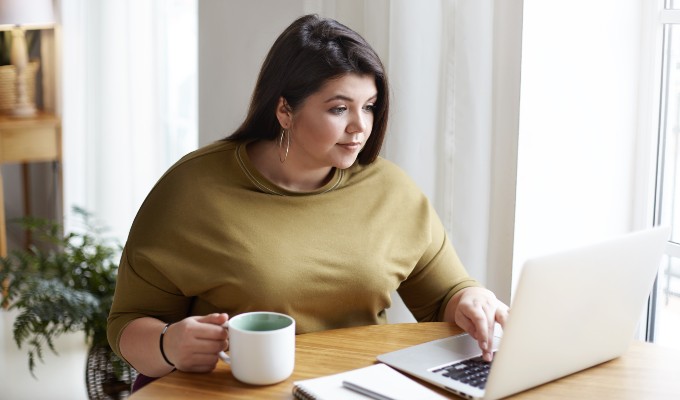A picture is worth a thousand words, and the imagery used in your marketing emails is no different. Images can communicate a message much faster than text alone, stir up emotions that increase buying desire, and in some cases, increase click-through by 42%!
Knowing the best way to use imagery like photos and graphics in your email marketing campaigns is key, especially because so many email browsers automatically block the images in your emails.
This article covers three easy ways to improve your email marketing results with images.
1. Choose the right image style for your target audience
Marketing is always better when it is targeted – and that includes emails. Clients want to feel like you’re talking directly to them whenever you send them communications, and you should be providing them with added value.
Since images can be emotion-inducing, they can be used most effectively for emotional purchases. Investing in a new hairstyle or salon experience, buying a new dress, or even a new car are all purchase decisions that generally call upon more emotion than spending money on purchases that aren’t as exciting for people, like buying groceries or new stationery for work.
When sending an email about a particular product, service or offer, think about what imagery will resonate most with the target audience, and how you can effectively use imagery to communicate the offer and engage the recipient on an emotional level.
In terms of how many images should be used, a common rule of thumb is ‘70% text and 30% images’, but there is no golden number.
Whatever number of images you want to use, remember to choose images that speak to your target audience. Image choice can also make a huge difference to your click-through results and the overall success of your email campaign, so make sure you take the time to get the imagery right.
2. Strategic positioning of your images
55% of our communication is visual – which means we’re paying more attention than we sometimes realise to people’s non-verbal communication through gestures, eye contact and other non-verbals. Images of people not only naturally draw people in, but the non-verbal communication also tends to direct attention by simple force of nature.
Use this to your advantage. Decide what you want to draw your audience’s attention to, and include an image of someone looking or gesturing in that direction. If you have multiple offers, choose an image of someone looking down or around the area where the offers are. Research suggests that this draws the viewer’s eyes in the same direction.
3. Use text for your image (Alt text)
Many of your clients will have image blocking turned on by default. That means your carefully chosen images won’t be visible to them in their emails. According to research, 43% of Gmail users read their emails without having images on, and only 55% of people turn on the images in the emails they receive. That means almost half of email users won’t view emails with images – unless there’s a compelling reason to do so.
The solution? Use alternative text (‘alt’ tags) to briefly describe what people aren’t seeing.
Alt text can be added in your email marketing creator. You should be able to add the alt text tag easily by clicking on the image’s settings.
The alt tag should accurately describe what the image is. It’s a message to your client, so it’s best to ensure you have a descriptive text that acts like a call to action.
For example, if there is an image of a woman enjoying a treatment with a text offering 10% off all treatments, a good alt tag to the image might be “10% off all treatments” (rather than “treatment image”).
Use alt tags that highlight the purpose of the image – and if you’re not sure what that is for a particular image, it’s a good reminder to reconsider whether that image is appropriate for your message.
In the image below, the left image is the original email image, while the right text is the alt text that would show if the image couldn’t be displayed.

In case your images don’t display correctly, make sure you have added alternative text and named the image clearly.
Learn more about email marketing
Email marketing is an essential tool for salons and spas to connect with clients, encourage bookings, and communicate what sets your business apart from your competitors.
To find out how to make the most out of email, read our most popular articles on the topic:
- Email marketing for salons: 10 elements of successful emails
- Salon Marketing – How to promote your salon, spa or clinic
- The beauty of email marketing for the hair and beauty industry
For more tips on marketing your salon, spa or clinic, visit our marketing hub.
Editor’s note: This post was originally published on 12 May 2014 and has been updated for accuracy and comprehensiveness.




